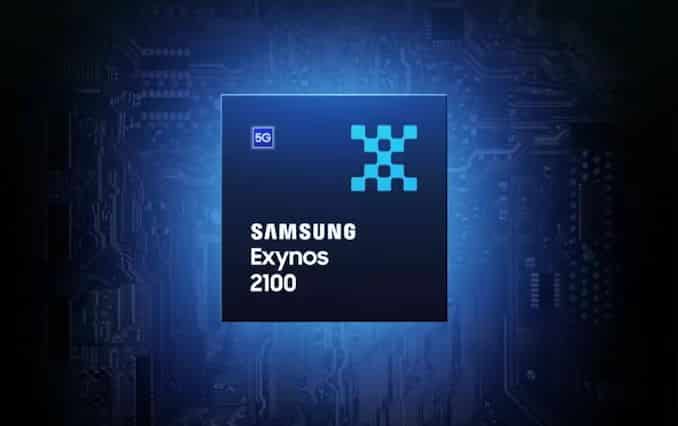The loyal customers of Samsung were quite happy a few days before when Samsung finally announced the arrival of the Exynos 2100. It is Samsung’s most powerful chipset to date. Last month, we saw the launch of Qualcomm’s latest SoC, Snapdragon 888, which is an upgrade on its predecessor Snapdragon 865. We analyzed Exynos 2100 vs Snapdragon 888. You can find it here. Now, it’s time to see how does Samsung’s latest mobile processor fares against Apple’s A14 Bionic chips.
CPU: Exynos 2100 consists of one Cortex-X1, three Cortex-A78, and four Cortex-A55. In comparison to this, Apple A14 Bionic comes with two Firestorm and four Icestorm cores. Cortex-X1 is a powerful core for single thread scenarios but cannot beat what a Firestorm can offer to A14. According to the CPU benchmark test as well, Apple’s A14 Bionic is still the fastest mobile SoC.

GPU: Exynos 2100 comes with Mali-G78 MP14 with 14 cores whereas A14 Bionic SoC comes with four Apple in-house design cores. The South Korean company boasts a 40% GPU boost with the aid of 14 cores over their previous 11-core Mali-G77 setup. On the other hand, A14 delivers only an 8% gain over the A13 chips. But, Apple already had a good lead and they still hold the highest spot.
Connectivity: Both the chipsets have their flagships integrated with a 5G modem supported by sub-6Ghz & mmWave. The one difference we can see that Exynos 2100 has a download speed of 7.35Gbps. Apple’s A14 has a download speed of 7.5Gbps.
AI Engine: Exynos 2100 offers Triple-core NPU up to 26 TOPS (trillion operations per second). A14 Bionic features with 16-core Neural Engine. Not much to separate here, but we can take away that both the mobile processors have shown a good improvement over their previous models.
In almost every parameter, we can see that Apple A14 Bionic is still better than Exynos 2100. Thus, we can conclude that Apple’s A14 Bionic remains as the current undisputed king of mobile processors with a close fight between Exynos 2100 and Snapdragon 888 for the second spot.








